Martinique from below
Discovering Martinique and life in the reefs

The Carribean Sea
Let’s discover Martinique on the south-west coast of the island, at Grande Anse d’Arlet, we have no coral reef. We dive directly into the Caribbean Sea, which offers us a wide variety of depths and features, all accessible from our anchorages along the coast.
The reefs of Martinique, especially those of Grande Anse, are very rich and colourful. An abundance of fauna roams our reefs made up of corals and especially sponges, animals that have the simplest way of life underwater.

The Molluscs
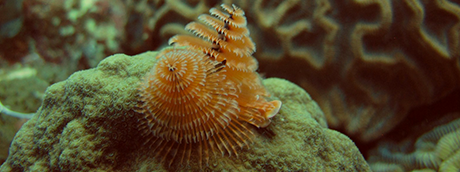
The Worms
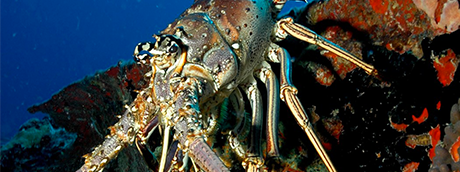
The Crustaceans

The Sponges

The Cnidarians

The Echinoderms

The Vertebrates
Martinique from above
Martinique from aboveDiscovery of Martinique and life on the island
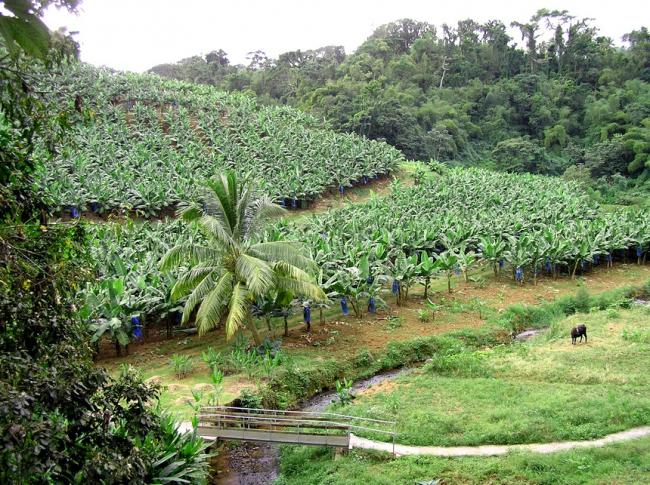
The Bananas
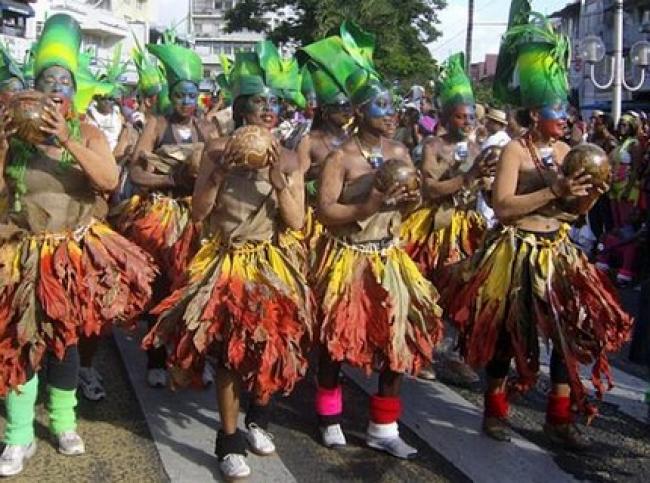
The Carnival
If, in addition to your dive, you feel like parading, go to Martinique in February for the Carnival. Discovering Martinique also means discovering the Carnival. It starts on the Sunday after Epiphany and ends on Ash Wednesday. Each fat day, the disguises will be different: Sunday is the day of the multicoloured parade, Monday is the day of the burlesque weddings (men dress up as women and women as men), Tuesday is the day of the devils (the colour of the disguises will therefore be red), and on Ash Wednesday, everyone will dress up in black and white to attend the funeral of Vaval (the king of the party) . Carnival is an important time of the year that every Martinican likes to celebrate.

Flower Island
Martinique is also called Madinina, “the island of flowers”, because it has a great variety of them (more than 1700 species listed, not counting all that man has introduced himself over time).
Flowers, plants, trees: the richness of the soil and the tropical climate favour a luxuriant and very diversified vegetation. In fact, in Martinique, it rains eight times more at the top of Mount Pelée than in Saint Anne. So diversity is the order of the day in Martinique (Photo of the Jardin de Balata)
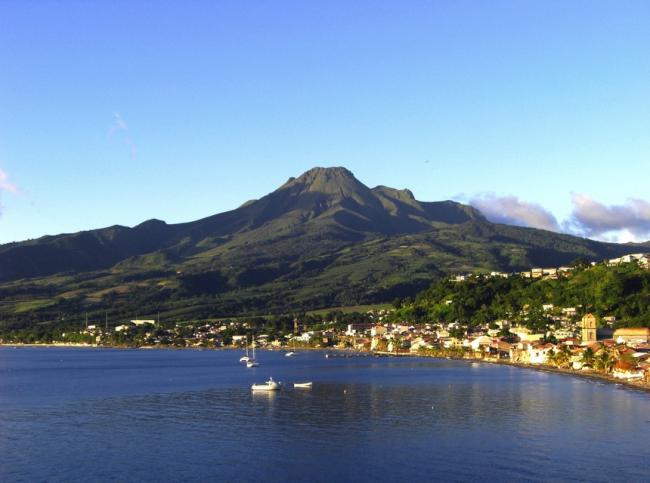
A Volcanic Island

The Lobsters
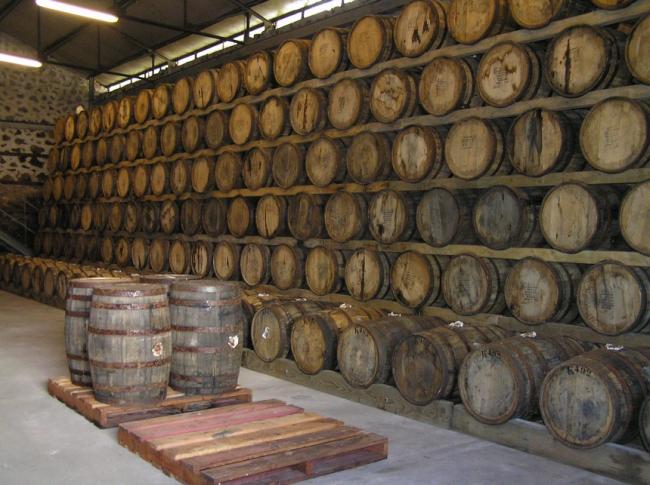
The Rum
There are two kinds of rum. Industrial rums are obtained by distilling the residue of sugar production: molasses, and agricultural rums, produced in the French West Indies, are made from the first juice of the cane: the vesou. Since 1996, Martinique’s agricultural rum has been awarded the Appellation Origine Contrôlée. The reputation of Martinique rums has only increased since then. The old rums from our island are among the best in the world! (Photo Rhum Clément)
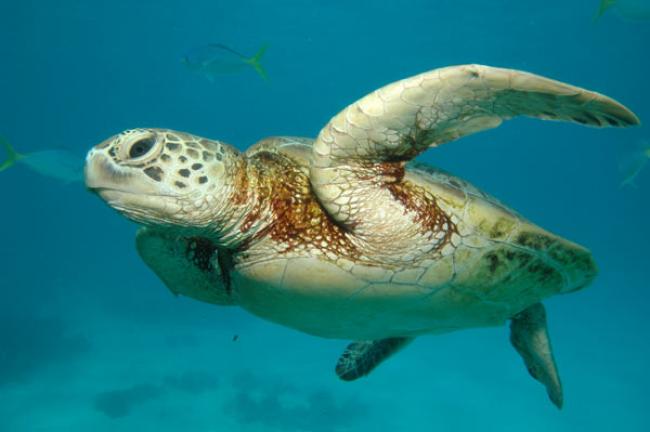
The Turtles
You will be able to admire green turtles present all year round in Martinique’s waters. They can measure more than a metre in length and weigh more than 100 kg. You will certainly see them while snorkelling in front of our diving club. The bay of Grande Anse is in fact a huge sea grass bed, so it is the favourite place of the green turtles which feed mainly on sea grass beds.
You can also meet hawksbill turtles (measuring about one metre and weighing an average of 70 kg) while diving. Hawksbill turtles feed on sponges, crustaceans and molluscs living around the corals. Another turtle also visits us in Martinique. It measures on average 1.50 metres and weighs 500 kg. But it is above all a pelagic animal (living in deep waters) and can dive to more than 1000 metres. Enough to make all divers swoon! It is of course the leatherback turtle. The leatherback turtle comes to amaze us by laying eggs on the beach of Grande Anse from March to July.
Marine turtles are on the International Union for Conservation of Nature’s red list. They are considered to be in critical danger of extinction. So let’s protect them! (our turtle story)
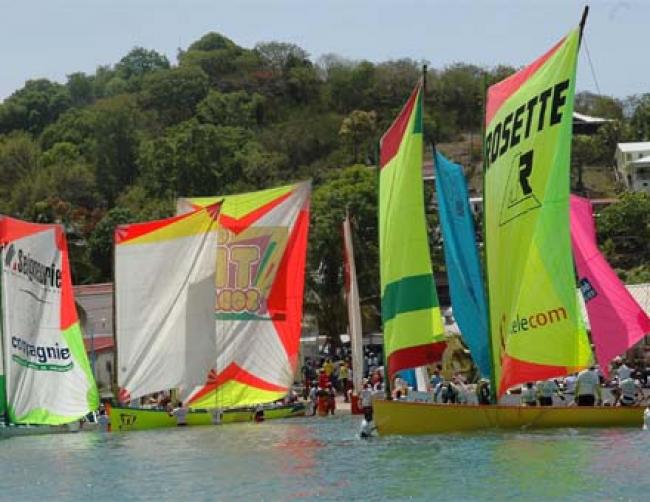
The Tour des Yoles
Where to find us?
Our Alpha Plongée center is located on the beach of Grande Anse d’Arlet, about 200m to the right of the pontoon, looking out to sea. We are in the middle of the pedestrian street which runs along the seaside, between the restaurants “Bidjoul” and “Arcades”.
If you decide to join us by car, you can park in the large car park which overlooks the road opposite to the grocery store. It is indicated by a large blue sign. To find us, all you have to do is cross the road and slip between two rows of houses.
| GPS : |
Alpha Plongée Martinique
97217 LES ANSES D’ARLET.
